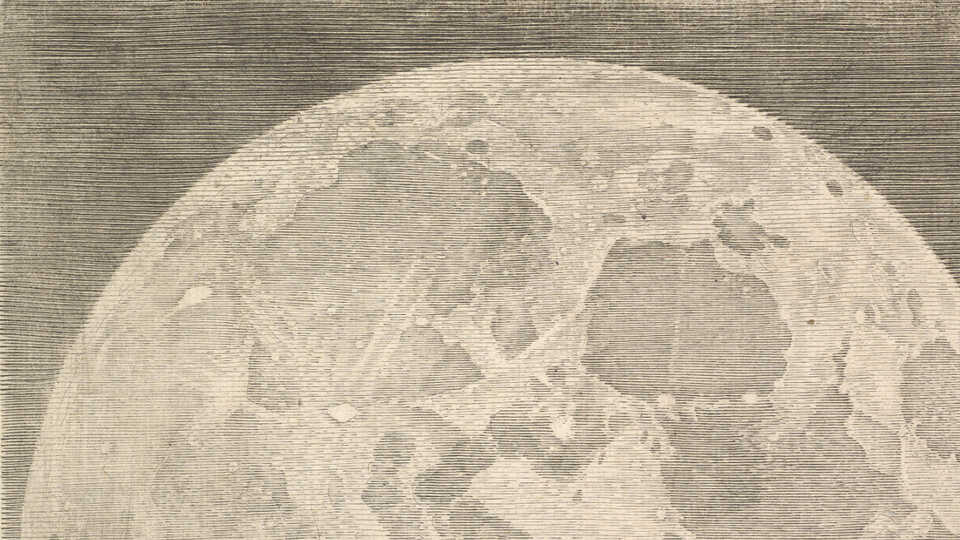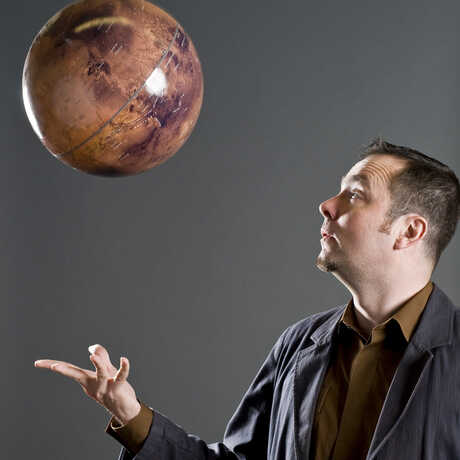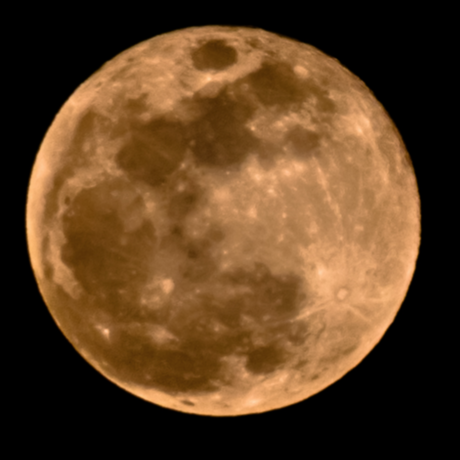Going back early enough, of course, astronomy and astrology become inextricably intertwined. So the first example relates to the depiction (i.e., personification) of planets in Islamic texts and objects from the 12th to 14th centuries. This isn’t an especially alien concept—our contemporary naming scheme makes reference to the planets by the names of Roman deities, after all, so Mercury, for example, may be the planet that zips around the Sun, but it’s also the messenger god with dominion over communication, travel, commerce, trickery, and thieving.
In her presentation “Venus in Chains: Gender, Labor, and the Wandering Stars in Medieval Islamic Art,” Ava Hess from UCLA presented her analysis of how the planet Venus was represented in both elite and popular contexts during this era.
It turns out that Islamic astronomical depictions relied mostly on Greek models for constellations, but the planets (a.k.a “wandering stars”) were treated differently. For example, in more elite representations (in, say, illuminated manuscripts and more academic treatises): Saturn appears as an individual of foreign origin, often engaged in menial labor; Jupiter, typically wearing a turban, suggesting his role as judge; Mars as a warrior, sometimes carrying a severed head; Venus as a court performer, usually with a lute; and Mercury, often depicted without a beard, possibly as a eunuch.
(For a visual aid, you can take a look at this Bowl with Courtly and Astrological Motifs from the Metropolitan Museum of Art. Starting with the guy holding a severed head and proceeding clockwise, you can spot Mars, Mercury, Venus, the Moon, Saturn, and Jupiter encircling the image of the Sun at the center.)
These representations of the cosmos rely on the context of court structure—in which, presumably, the Sun and Moon play the roles of more aristocratic members of the court.
While we might be tempted to interpret Venus as a court performer, Hess called attention to the “jawārī-qiyān institution,” which is described quite plainly in the description that accompanies an (unrelated) academic talk: “Young girls were bought at an early age and were given a diverse education which included music, poetry, grammar, calligraphy, philosophy, astronomy as well as other arts and sciences. […] Their most outstanding artistic skills were related to music and poetry and were enjoyed in the refined milieus of the epoch among caliphs, courtiers, high-ranking officers, legendary musicians and intellectuals.”
This representation of Venus is thus entwined with forced labor. Imagery that is made even more explicit in examples of occult or folk astrology (for example, some manuscripts and small talismans carried for good luck) from the same time period, in which Venus appears as a naked woman in chains.
These depictions of “Venus in chains” and Mercury as a eunuch both depict forced labor more graphically than other planets’ representations. My astronomer brain immediately goes to the behavior of Mercury and Venus in the sky. Because their orbits are interior to Earth’s, the two planets never stray far from the Sun’s location in the sky (seen only as morning or evening “stars”), so in some sense they are in bondage to the Sun. Other planets can wander more freely, although they nonetheless follow the same zodiacal path through the sky, along with the Sun and Moon.
Regardless of the details, it is a reminder that as cultures, we imprint meaning on the sky—and the ugliness of a society can be reflected in the beauty of the heavens.




